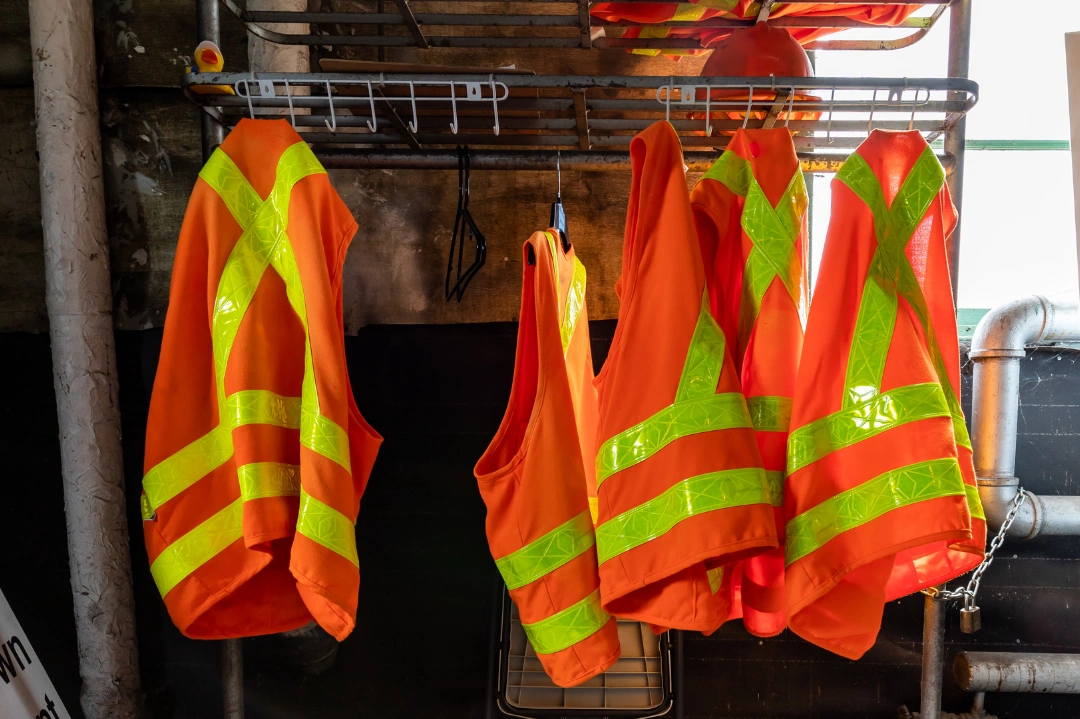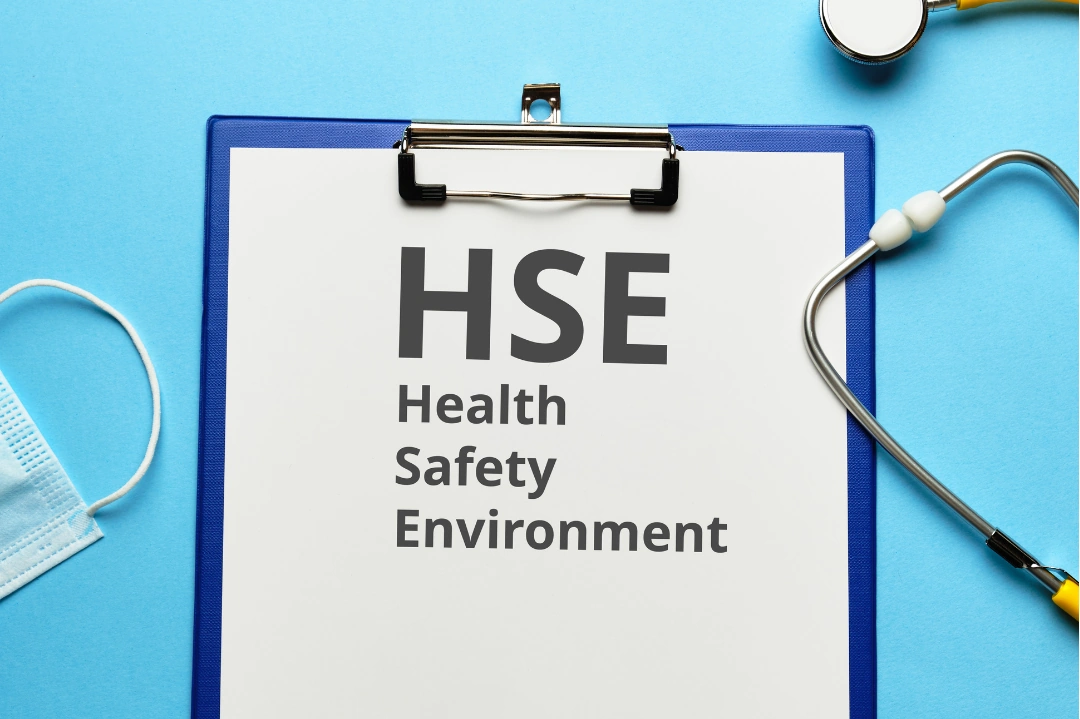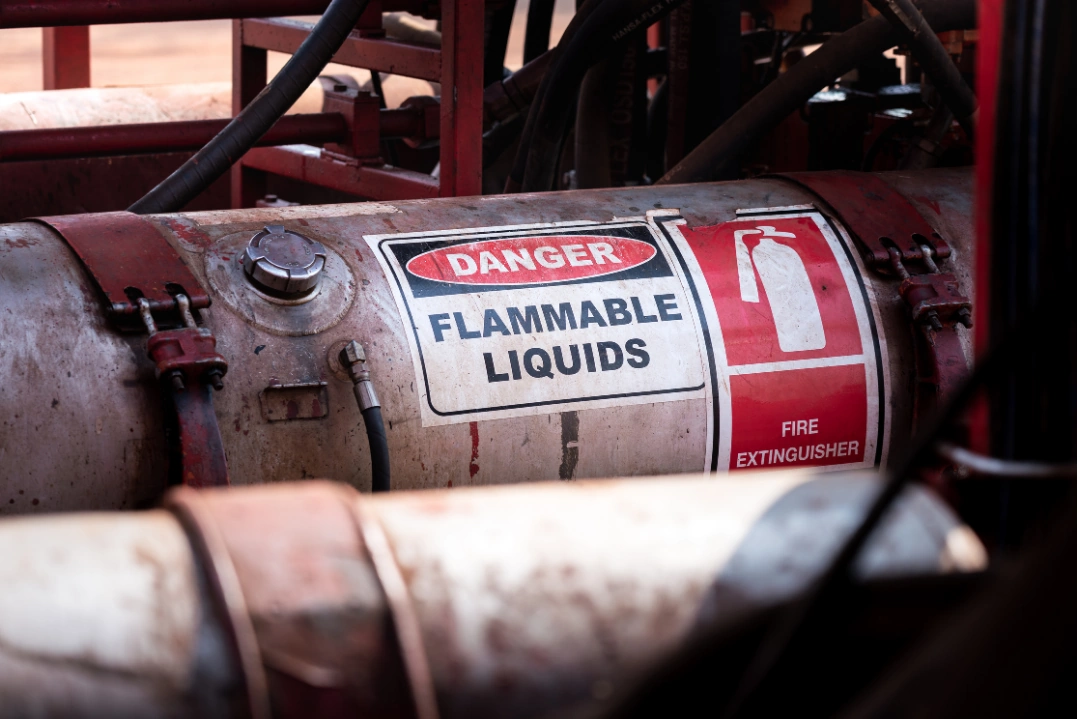
Occupational Health And Safety: The Importance Of Risk Prevention In The Workplace
Occupational Health and Safety (OHS) is the standard for workplace safety, outlining practices and policies aimed at protecting workers from hazards. All employers should know the OHS guidelines by heart, especially if they have lone workers in their employ. Lone workers are particularly susceptible to injury and danger, making any efforts to safeguard them while on the job all the more important. Explore what OHS outlines for lone worker safety and how these principles can be used to make an organization safer for all.
What Is OHS? Meaning And Scope
Occupational Health and Safety (OHS) involves a set of guidelines and practices aimed at keeping employees safe and healthy at work. Its main objective is to prevent injuries and illnesses by spotting potential dangers and putting effective safety measures in place. OHS covers numerous activities, such as conducting risk assessments, providing safety training, and preparing emergency response plans.
The reach of OHS is extensive, spanning industries like construction, manufacturing, healthcare, and many more, each with its own set of challenges. For instance, construction workers face risks related to falls and machinery, while healthcare workers deal with infection control and ergonomic issues. This means OHS practices must be tailored to address the specific risks of each industry.
Beyond meeting legal obligations, OHS is also useful for creating a safe workplace culture. By focusing on safety, employers can cut down on accidents and related costs, including medical bills and lost productivity. A robust OHS program also boosts employee morale and retention, making workers feel secure and valued while on the job.
OHS takes on even greater importance for lone workers due to their isolated work settings. Without direct supervision, these workers are more susceptible to accidents and emergencies.
The Importance Of OHS For Lone Workers
Lone workers face distinct challenges that make Occupational Health and Safety (OHS) even more necessary than usual. Working alone means they often lack immediate support, increasing the risks associated with their tasks. For instance, a lone construction worker dealing with equipment malfunctions or a fall might not have anyone nearby to assist or call for help.
Ignoring OHS for these workers can lead to serious consequences. Without proper safety measures, the chances of accidents rise, potentially resulting in injuries or even fatalities. Employers also risk legal issues and damage to their reputation if they fail to provide a safe working environment. Effective OHS strategies protect lone workers and ensure compliance with safety regulations, shielding companies from potential liabilities.
Key OHS Regulations And Compliance For Lone Workers
Specific OHS regulations are in place to safeguard lone workers, and employers must comply to avoid penalties and ensure safety. These regulations often require thorough risk assessments, adequate training, and reliable communication systems.
Employers must assess the risks of lone work and implement measures to mitigate them, such as providing the necessary tools and resources for safe task performance. Clear communication protocols are necessary for ensuring lone workers can easily contact supervisors or emergency services when needed.
In order for this to work as intended, employees must follow these safety protocols. They must adhere to established procedures and use the provided safety equipment. Regular training sessions reinforce these practices and keep workers informed about any changes in safety protocols.
Identifying Hazards And Risks For Lone Workers
Identifying hazards is a skill that lone workers must cultivate, as they may face various risks depending on their industry. Common hazards include slips, trips, falls, exposure to harmful substances, and equipment-related injuries. Stress and fatigue can also impair their ability to work safely.
Employers should conduct regular safety audits and encourage workers to report potential hazards before an incident can happen. Using risk assessment tools like checklists and safety inspections can help identify areas for improvement.
Regular risk assessments ensure that safety measures remain effective and up-to-date. Employers should review and update their OHS plans periodically, considering any changes in the work environment or processes that could introduce new risks.
Implementing Effective Safety Measures For Lone Workers
The best way to protect lone workers is with robust safety measures. Technology, such as GPS tracking and mobile communication devices, enhances safety by ensuring constant connectivity. These tools allow workers to check in regularly and alert supervisors in emergencies even if they’re working alone.
Employers should provide personal protective equipment (PPE) tailored to the specific risks of the lone worker's tasks. For example, workers in high-noise environments may need hearing protection, while those handling hazardous materials should have appropriate gloves and masks.
Training and awareness programs are also beneficial. Regular sessions keep lone workers informed about safety protocols and emergency procedures, reinforcing the importance of vigilance and proactive risk management.
Developing An OHS Plan For Lone Workers
Creating a comprehensive OHS plan for lone workers involves several steps. Employers should start with a thorough risk assessment to identify potential hazards and determine appropriate safety measures, considering the specific tasks and environments of lone workers.
Employees should be involved in the planning process. Having experience on the job allows them to offer valuable insights into the challenges they face and suggest practical solutions that others might overlook. Collaborative planning fosters a sense of ownership and encourages workers to actively maintain a safe workplace.
Regular reviews and updates of the OHS plan are necessary to ensure its continued effectiveness. As new risks emerge or work environments change, employers must adapt their safety strategies accordingly to prevent these new conditions from causing issues. A dynamic and responsive OHS plan better protects lone workers and ensures compliance with evolving regulations.
Conclusion
Recognizing and implementing Occupational Health and Safety (OHS) for lone workers is a pivotal part of creating a safe and compliant work environment. By prioritizing safety and compliance, employers can protect their workers from harm, reduce the risk of accidents, and avoid legal repercussions.
A well-implemented OHS program benefits lone workers while simultaneously enhancing the overall safety culture within the organization, leading to improved morale, productivity, and retention. Employers should also be willing to continuously evaluate and improve their OHS practices, ensuring that safety remains a top priority for all workers under their employ regardless of their work setting.
Read More From the Lone Worker Blog
Health, Safety, And Environment: HSE Practices For Protecting Employees And The Environment

Health, Safety, and Environment (HSE) principles guide organizations in reducing workplace risks and protecting.
Read MoreFlammable Liquids In The Workplace: Safety.

Many industries use flammable liquids, including construction, maintenance, and manufacturing. While essential to certain tasks.
Read More


